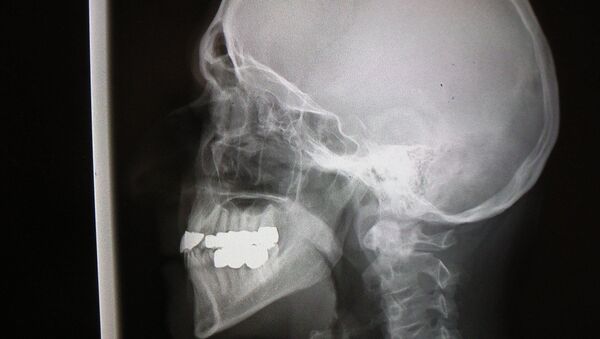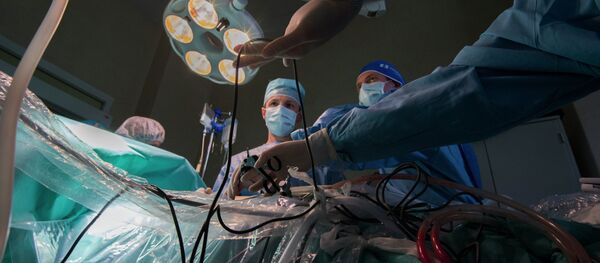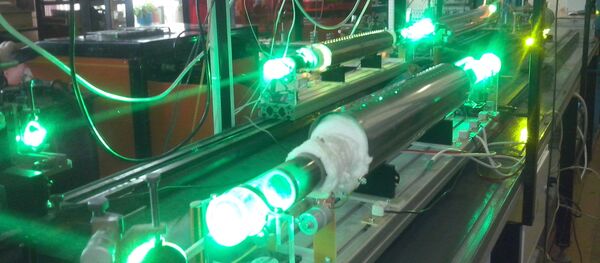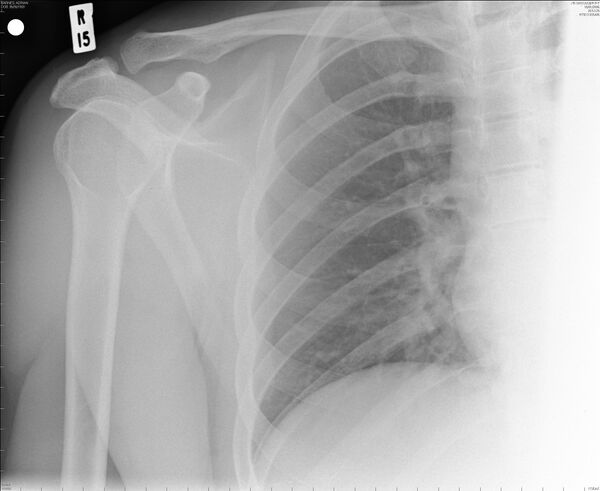The new substance is based on biological hydroxyapatite – a white powder that resembles cement when mixed with a biological polymer. It is soft and flexible like plasticine when kneaded but hardens after being placed on the damaged bone.
With time, the organism dissolves this “cement” replacing it with its own bone tissue. As the substance is derived from animal bones, it preserves biological activity, which is an essential advantage and a significant ground for successful regeneration.
The existing methods of regenerative medicine mainly presuppose the transfer of stem cells from a special incubator. Doctors see successful results if they manage to surround the cells with blood vessels. But the probability that the tissue will survive is about 50 percent, professor Guzeev noted.
“On the basis of hydroxyapatite, we prepared a liquid material that we can fill a 3D-printer with. For instance, a man with a craniocerebral injury undergoes tomography, then the image is sent to the [3D-] printer which recreates an element completely matching the lost bone part. The material indurates during the printing process.”
The material has passed clinical trials in Moscow and St. Petersburg, and marketing authorization is currently underway.
The new material can also be used in healing painkiller injections for people with aching joints.




